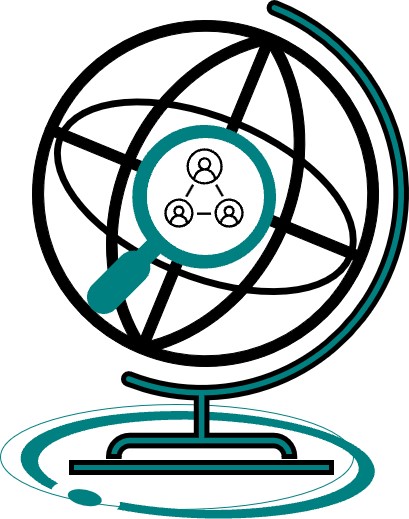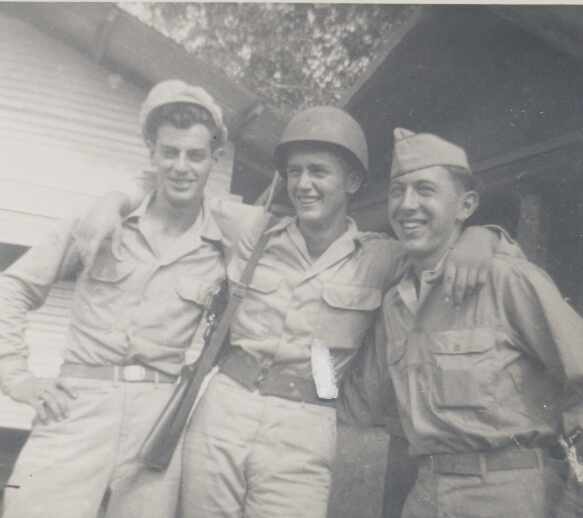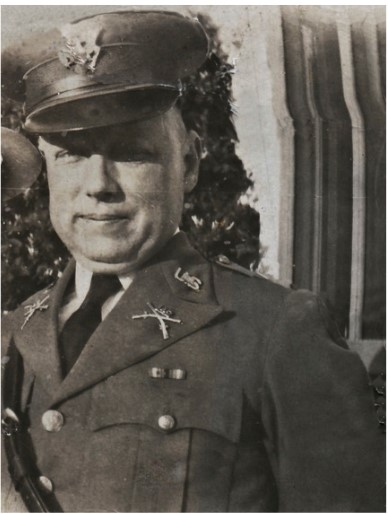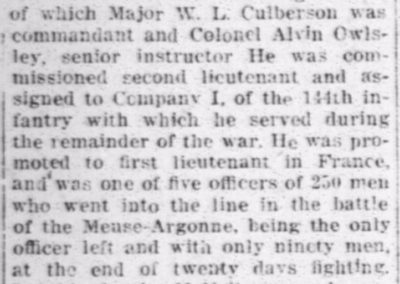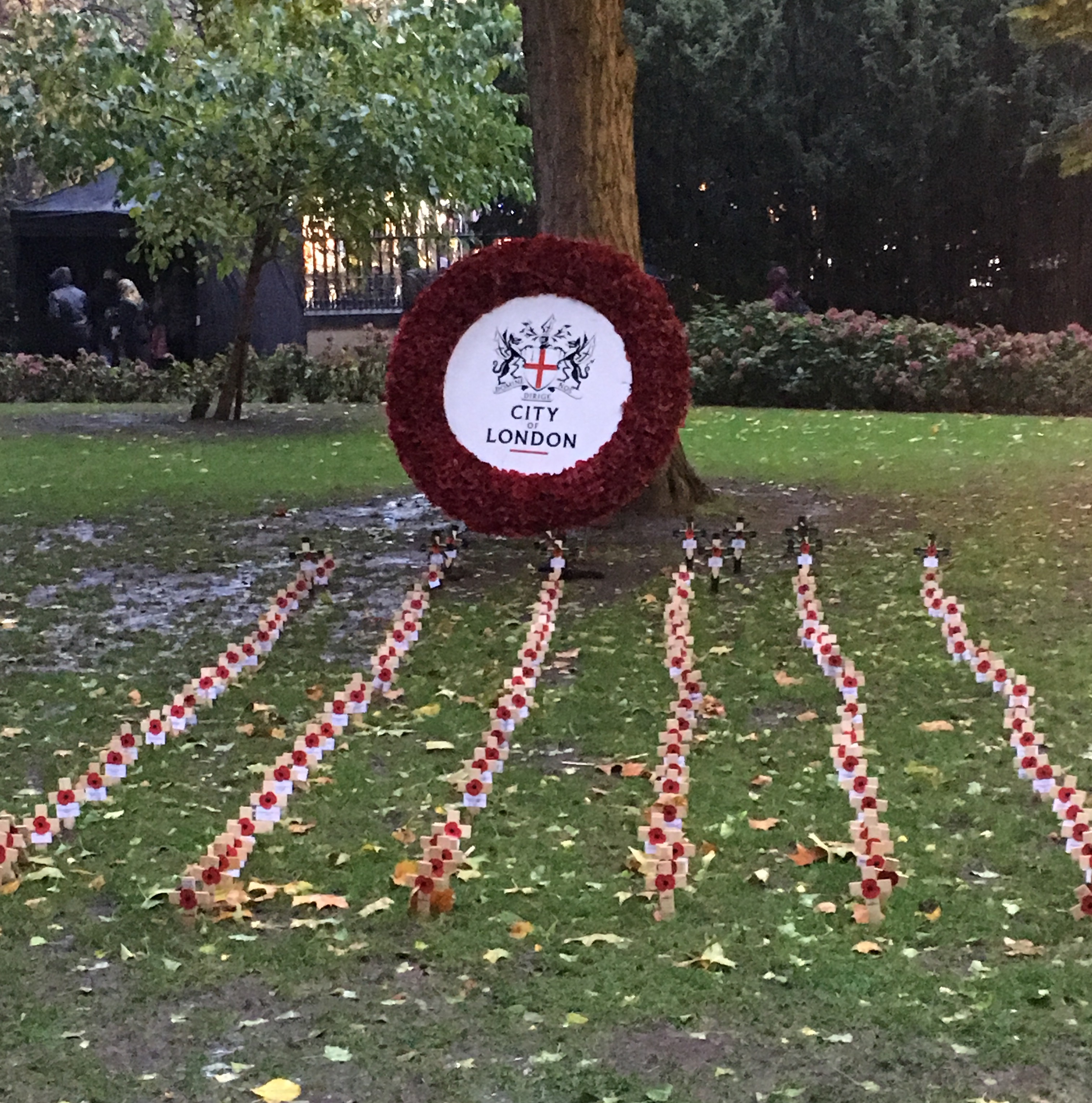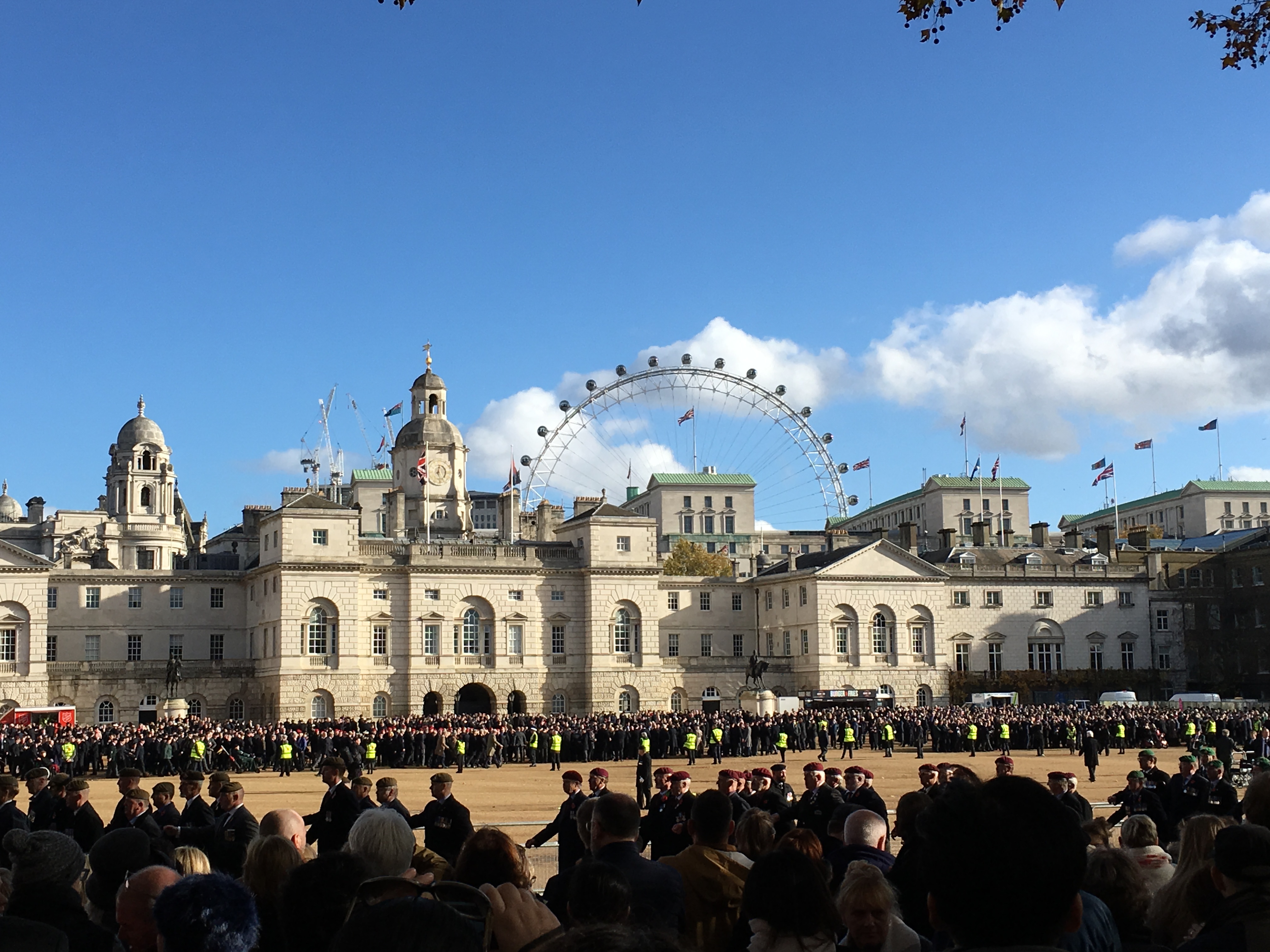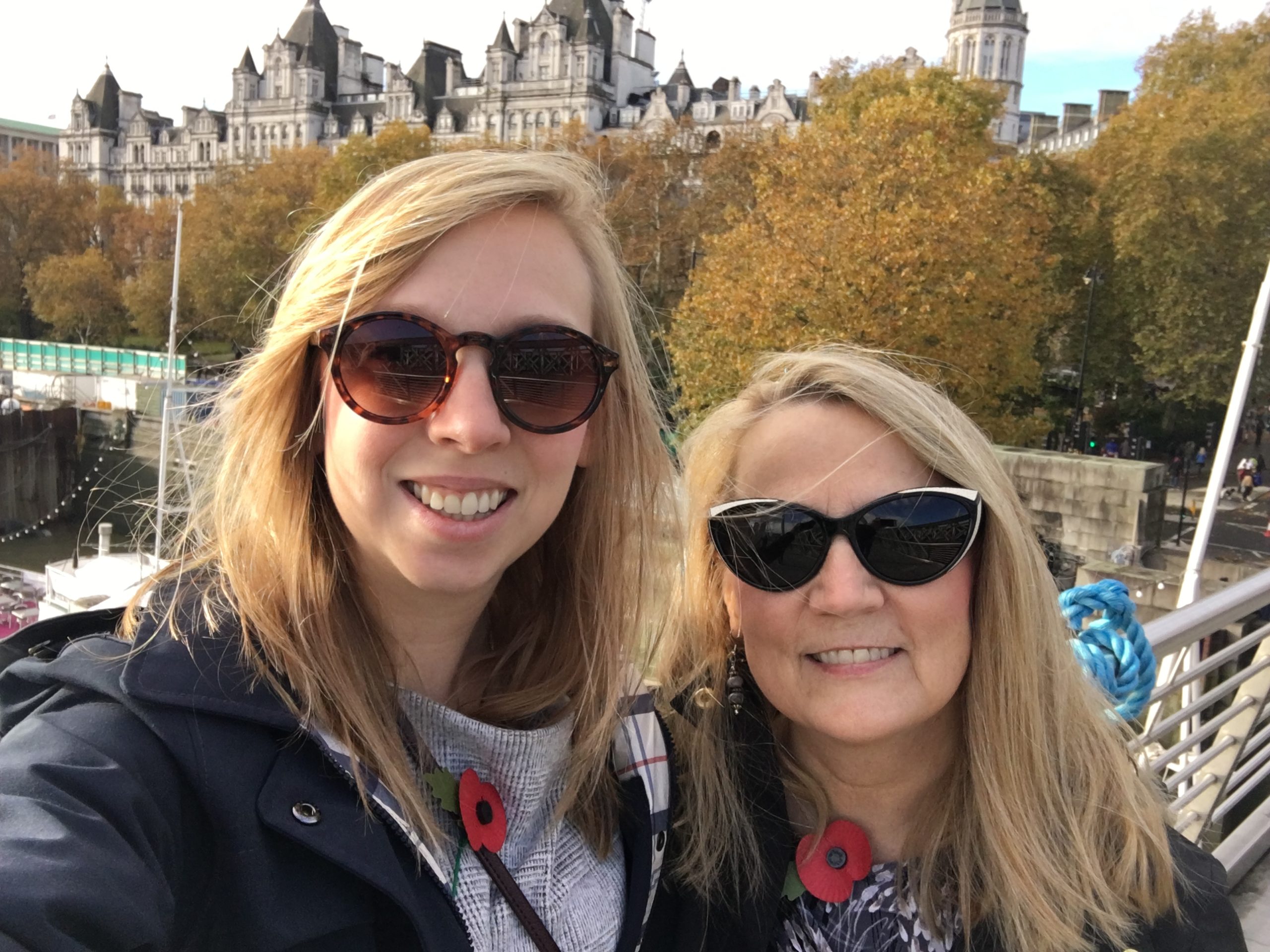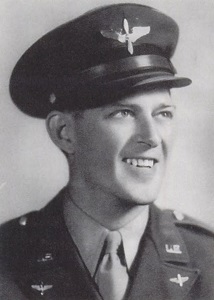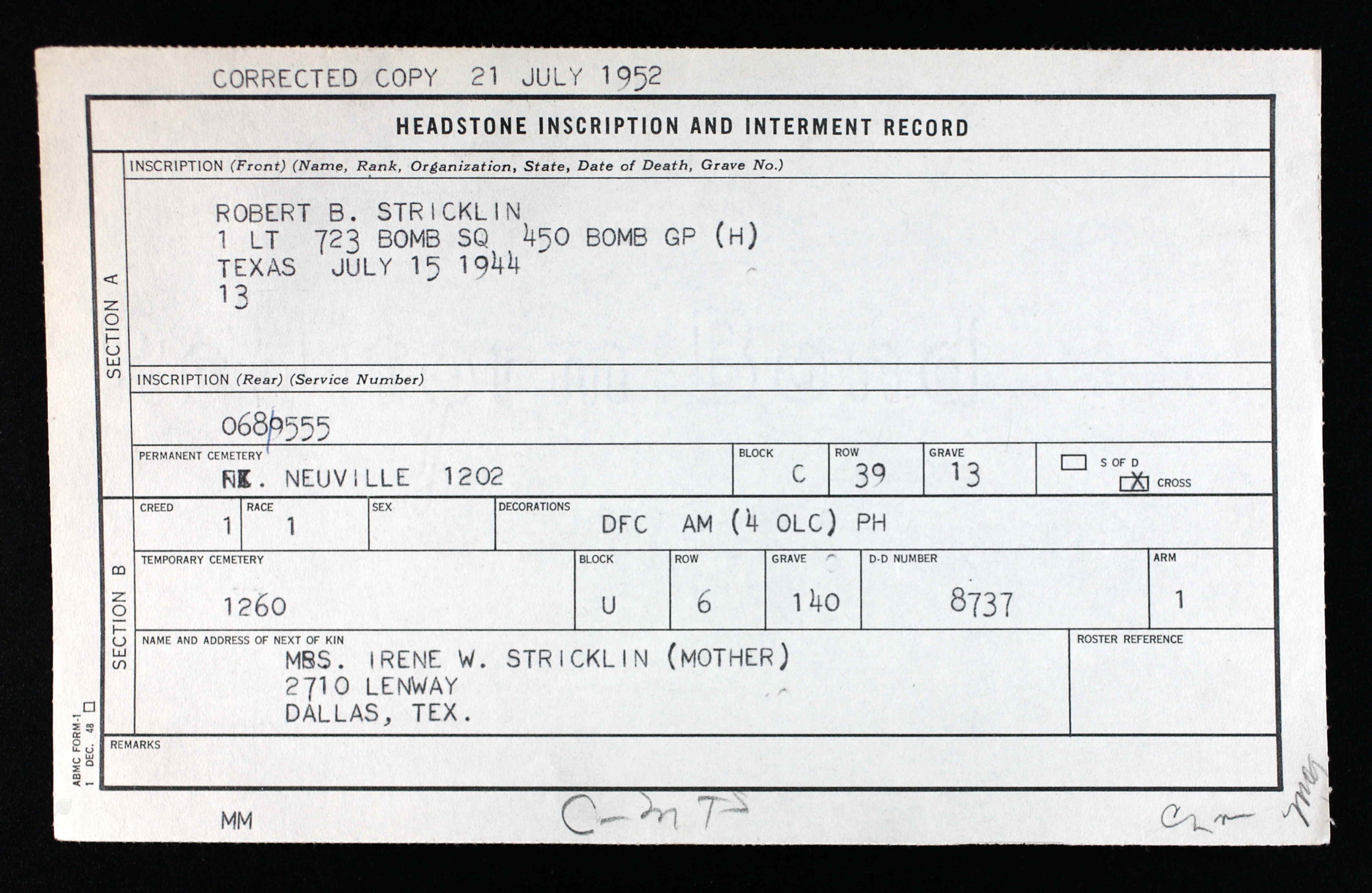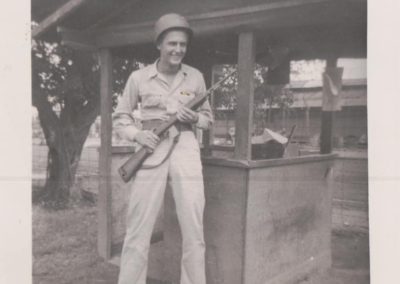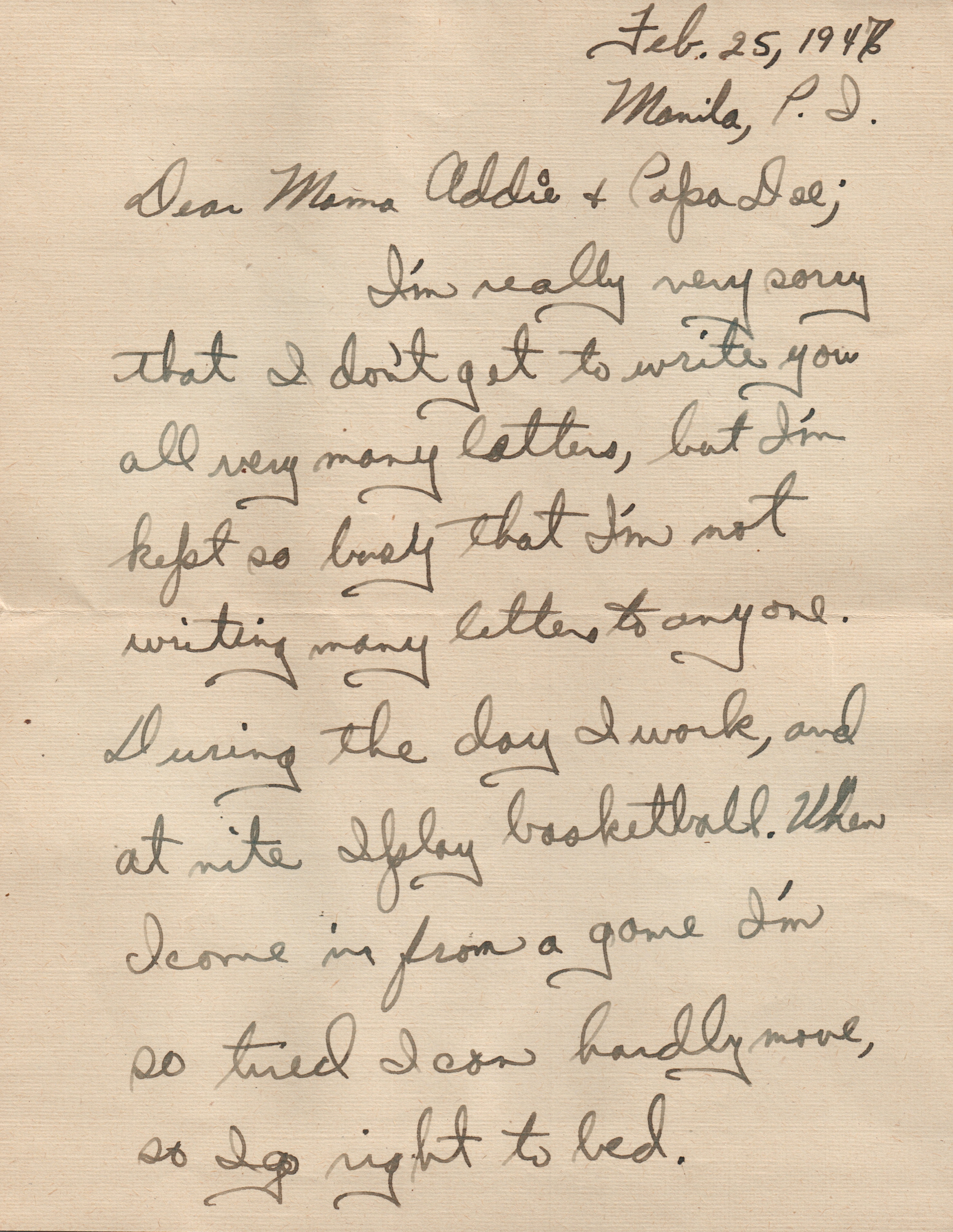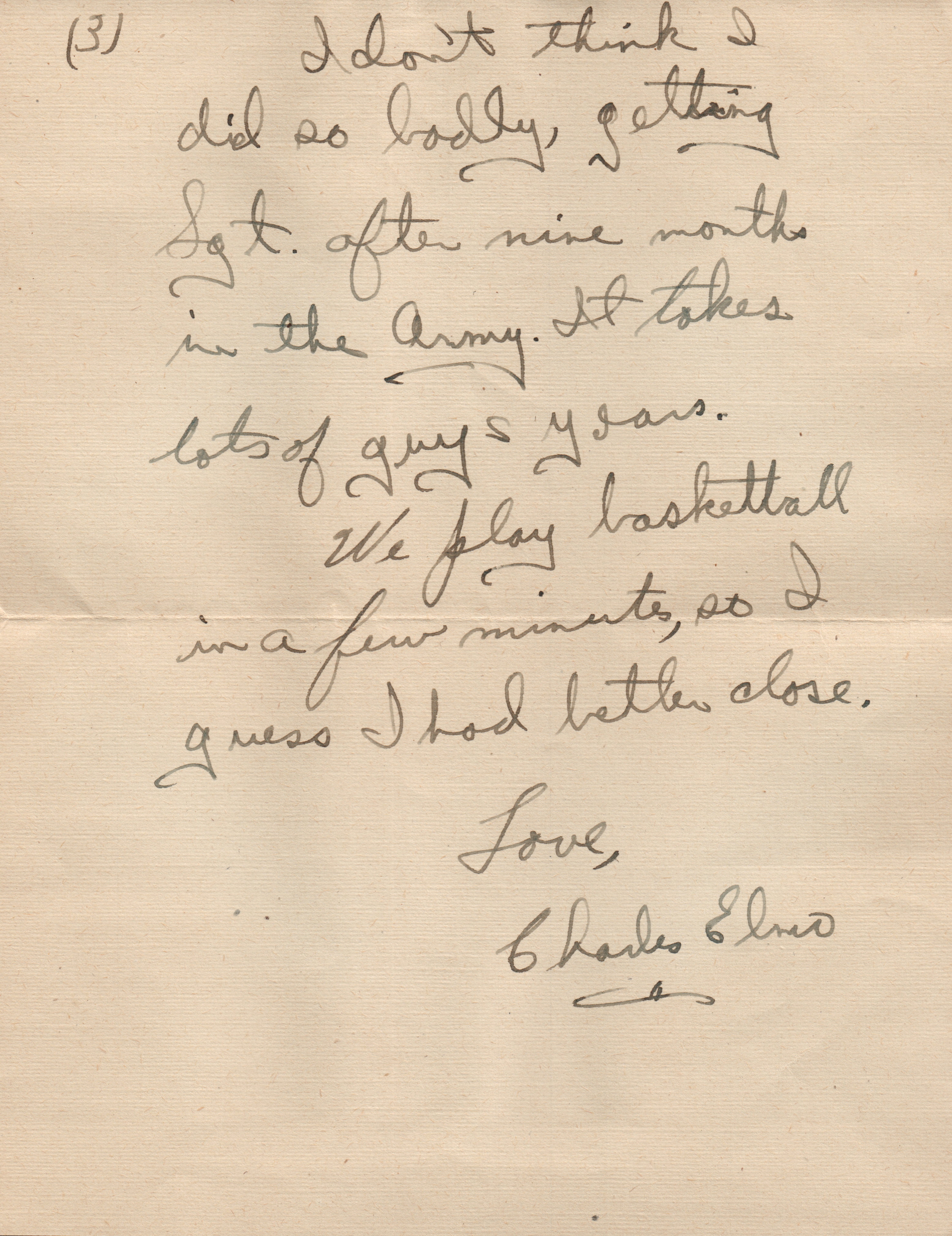This final section of our series on American military records focuses on the four conflicts (detailed by the National Archives) which occurred during the 20th century in which American service members and volunteers fought. This blog post will provide brief summaries of each conflict, links to history websites, plus details on the available records and other materials, by conflict. This blog post focuses on the highlights of these records as these wars were more recent; the volume of resources is extensive. Researchers would want to spend time understanding the conflict while searching for ancestors’ records. These records are important to genealogists as registration cards (and other military records) may have signatures and birth dates, residences, and next of kin names provided by the applicant, providing examples of direct evidence versus secondary-provided information (as in death certificates and burial records). Photographs can depict the difficulties of service but like the one above, show that service members made lifelong friendships and depended on their fellow soldiers.
Follow SYFT on Facebook, Instagram, Twitter, or LinkedIn, to be alerted when blogs are posted. As you begin researching through the 20th Century military records, I’m happy to talk through what was discovered and offer advice, especially as new clues are discovered about your ancestor(s). You can fill out the Contact SYFT form or email me directly at info@shapingyourfamilytree.com.
20th Century Conflicts:
World War I (1914 – 1918) – The First World War, also known as the Great War, started with the assassination of Franz Ferdinand, the Archduke of Austria-Hungary, by a Serbian nationalist, while the Archduke and his wife were visiting Bosnia, Sarajevo. Within the month, Austria declared war against Serbia and World War I began. The National Archives’ WWI page has links to genealogy records, educator resources, and magazine articles. A timeline on the WWI page allows the user to select and scroll forward through significant events of the war. This page also provides links to photographs, videos, and the listing of military records held at the NARA St. Louis facility, along with other interesting links. The war ended in 1918 at the eleventh hour on the eleventh day of the eleventh month (November 11, 1918) with the treaty agreement signed by both sides to end fighting; an armistice instead of a surrender. This event is recognized worldwide every year, with the U.S. remembering soldiers on Veterans Day (November 11). The U.K. signifies the day as Remembrance Day.
Highlight: My grandfather served in World War I. I always think of his service on Veteran’s Day. In 2018, my daughter and I were in London and able to participate in the events marking the centenary (100 years) of the end of WW1 on November 11. At 11:00 a.m. we stood in silence for two minutes on the Millennium Bridge as the Big Ben tower bell rang in remembrance. Londoners wore red poppy pins on their lapels and collars, laid wreaths at churches and parks, all to honor the more than 8.5 million global military casualties, the bloodiest war in history to that point. It was an honor to remember their soldiers as I also thought of the service of my grandfather. Play the video of the parade and then Click on the pictures (to enlarge them) to see the details.
WW1 Battle Story of Clyde Alston McNeil’s experience. Brownwood, Texas. Brownwood Bulletin. 7 December 1923. p. 3b. https://texashistory.unt.edu/ark:/67531/metapth343846/m1/3/ : accessed 4 December 2022.
Remembrance Day wreath from the City of London at St. Paul’s Cathedral area, Nov. 11, 2018, personal collection.
World War II (1939 – 1945) – This war began when a nationalist leader of Germany, Adolph Hitler, invaded Poland in September 1939. This aggression drove Great Britain and France to declare war on Germany, who had aligned with Italy and Japan and battled on many fronts; in the Soviet Union, across Europe, with “the Blitz” which included nighttime bombing raids across London and manufacturing areas in England from September 1940 – May 1941, and with the bombing on December 7, 1941, at Pearl Harbor, Hawaii, by the Japanese as an attack on the United States. The U.S. declared war against Japan the next day, with Germany and their alliances then declaring war on the U.S. The battles continued until Germany formally surrendered on May 8, 1945, and Japan surrendered September 2, following the destruction of two Japanese cities by a U.S. atomic bomb. This conflict lasted six years, with an estimated 45-60 million people killed, including 6 million Jews who were captured, tortured in concentration camps and then murdered by Hitler’s soldiers in what he called the “Final Solution,” now known as the Holocaust. There were several draft registrations for this war; see https://veteran-voices.com/world-war-ii-selective-service-draft-registrations/ to learn more about each one.
Highlight: An additional effort by the Army Air Forces Collection is presented in a Facebook Group, USAAF Class Book Research Project which provides “Matching USAAC/USAAF Class Books with KIA/MIA crews and finding their portrait photographs”. My great-uncle (my paternal grandmother’s brother), Robert B. Stricklin, a bombardier, was killed in action 15 July 1944, during WWII and is buried in the Ardennes American Cemetery and Memorial, located about 12 miles south-west of Liège in Belgium. The cemetery (90.5 acres) contains 5,329 American war dead.
The USAFF Class Book FB page provided this Field of Honors site which provided pictures and details on his life and service and referenced the 450th BG website which provides details on the men who served in the 450th Bombardment Group (H), 47th Wing, 15th Air Force, United States Army. This website also includes a variety of resources, including Shadow: A Cottontail Bomber Crew in World War II, a book about their plane and crew, “Shadow” which included interviews from my great-aunt Irene (the youngest sibling) about her brother. I was also able to find the Missing in Action Report (MACR) #6995 report for the missing crew.
Another resource is the WWII Memorial Registry, recently revised. This registry is managed by and is a part of the mission of the American Battle Monuments Commission, described on their background page. Another website for this commission allows to search for burials.
A researcher can find so much information about their ancestor when searching for finite details about their service; these were amazing details about R.B., whom my father favored in appearance.
Click on the pictures (to enlarge them) to see the details.
After World War II (WWII) to Korean War:
After the end of WWII, in August 1945, the U.S. State Department created a division of the Korean peninsula along the 38th parallel. The Soviet Union occupied the Northern half and the U.S. occupied the Southern half. After efforts of reunification failed, in 1948, North Korea became the Democratic People’s Republic of Korea and South Korea became the Republic of Korea. During this time, the U.S. assisted South Korea from different angles, including from the U.S. base in Manila, Philippines.
Highlight: My father served in the period of time between WWII and the Korean War, assisting Army ships in the Philippines working with the Supplies division, providing supplies to the soldiers. See some of the pictures I’ve collected below. Click on the pictures (to enlarge them) to see the details.
Korean War (1950 – 1953) – The North Koreans invaded South Korea and by July of that year, the U.S. had committed to assisting the South Koreans. This war, known as “The Forgotten War”, lasted three years, with 5 million military personnel and civilians being killed, including 40,000 Americans with 100,000 wounded. This war established the border between these two countries and tensions remain high there still today.
Vietnam War (1961 – 1975) – This war was also fought for territory, with the North Vietnamese fighting the South, to which the U.S. was allied and thus entered on their behalf. The war was long and costly, with 3 million people (including over 58,000 Americans) killed; half of these Vietnam civilians. The war divided Americans, causing frustrations which unfortunately affected the service members who fought.
The links below provide information on the types of records and where they can be found, like Ancestry ($), FamilySearch (free account), and Fold3 ($, or can be included as part of an Ancestry subscription). Often local libraries hold subscriptions to Ancestry and Fold3, so check with them to determine if that access is available to library patrons before subscribing. NARA also has an excellent resource, the Veterans History Project, which facilitates quick searching based on conflict, and military records plus stories, correspondence, and other materials. As described in three previous military records blog posts, it is important for researchers to understand the historical context for each conflict. Other resources can be found in the local libraries or archives, in records housed near the conflicts (where applicable), or through specific history websites like these The History Channel (HC), Internet Archive (IA), Library of Congress (LOC), Google Books (GB), Britannica (B), and are split out below.
The records for genealogical research can be found at the NARA links below.
|
20th Century Conflicts / NARA Links |
Historical context websites |
||||
|---|---|---|---|---|---|
|
World War I (NARA) |
|||||
|
World War II (NARA) |
|||||
|
Korean War (NARA) |
|||||
|
Vietnam War (NARA) |
|||||
Submitting Military Records Requests:
Many military records can be ordered online, while others which are not online can be ordered using this form (SF-180). Within each of the main categories for online ordering, additional options are shown when the Use For -> link is clicked. For instance, the passenger records’ link included 8 different types of records, like Visa records, Passports and Alien (A-Files). Requests may take time to be reviewed as a backlog of requests are still being worked due to their offices being closed during the recent COVID pandemic; a recent question reveals the backlog.
Images. Photograph. Charles Elmo Brown (center) and buddies, attending Army camp (Fort Knox) prior to deployment to Manila, Philippines. Phyllis Zumwalt, photographer. Private collection.
